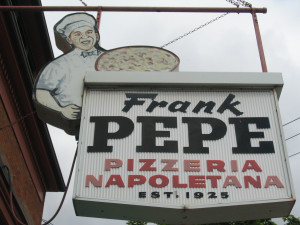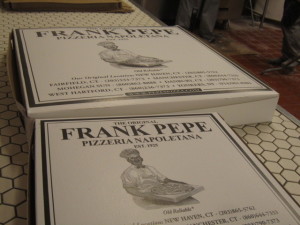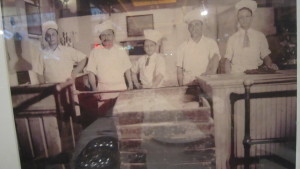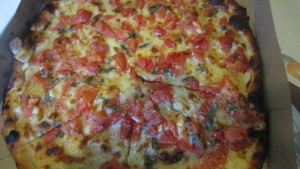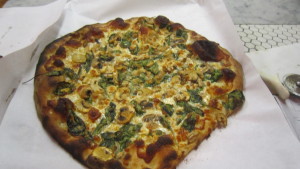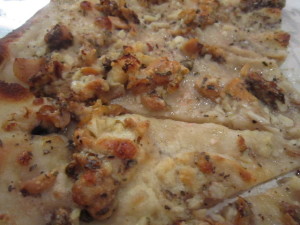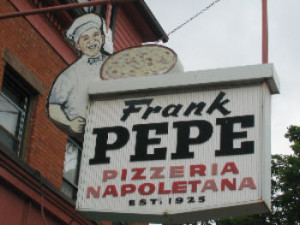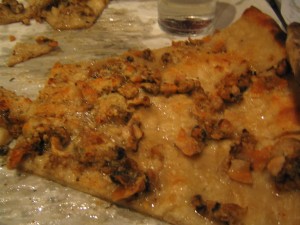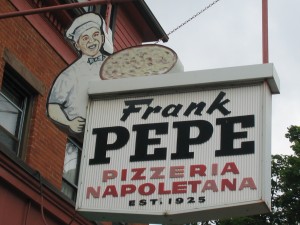The Daily Meal posted their 101 Best Pizzas in America.
I always get excited to see who made the cut. Who is new on the list, who got edged out.
Now don’t get me wrong, I love anything that celebrates pizza. Most lists, however, lack a certain amount of credibility.
The 101 Best Pizzas in America in the past always had authenticity and credibility.
Past years saw pizza nominations come from a“blue-chip, geographically diverse list of pizza panelists — chefs, restaurant critics, bloggers, writers, and other pizza authorities — asking them to vote only for places where they’ve actually eaten.”
This year was a total 180-degree assessment and a complete turnaround on the credibility of the list. Instead of polling the pizza elite, they used an inferior method of listing.

Let me tell you a quick story:
I was working as a Social Worker and had to testify in Court as to the progress of one of my clients.
“How is the young man doing?” the judge asked me:
“He’s doing fine your honor” I exclaimed
After my testimony, a school counselor got up and explained the young man was frequently absent from school, had been involved in a number of fights, had numerous curfew violations and was failing all of his classes.
The judge called me back to the bench and chastised me by saying: “Mr. Grande, you have lost all credibility with this court”.

So while I certainly respect all the pizzerias on the list,
I am certain they are worthy of a taste, as far as I’m concerned. But the 101 best pizza list has lost a certain amount of credibility in the Court of Pizza or the Pizza Court!
Now that’s my rant, let’s look at some raves!
There were many well-deserving pizzerias that I liked. Most of all I liked the fact that the signature pie of each pizzeria was highlighted.
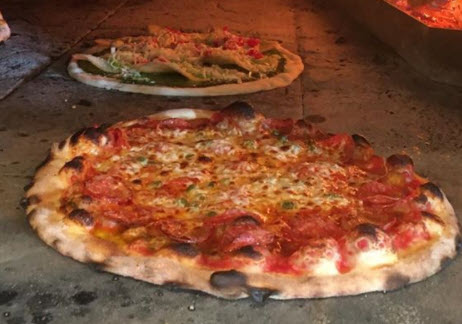
Here are some of my favorites:
#72: Ken’s Artisan Pizza in Portland
#61 Tony Gemignani’s Pizza rock

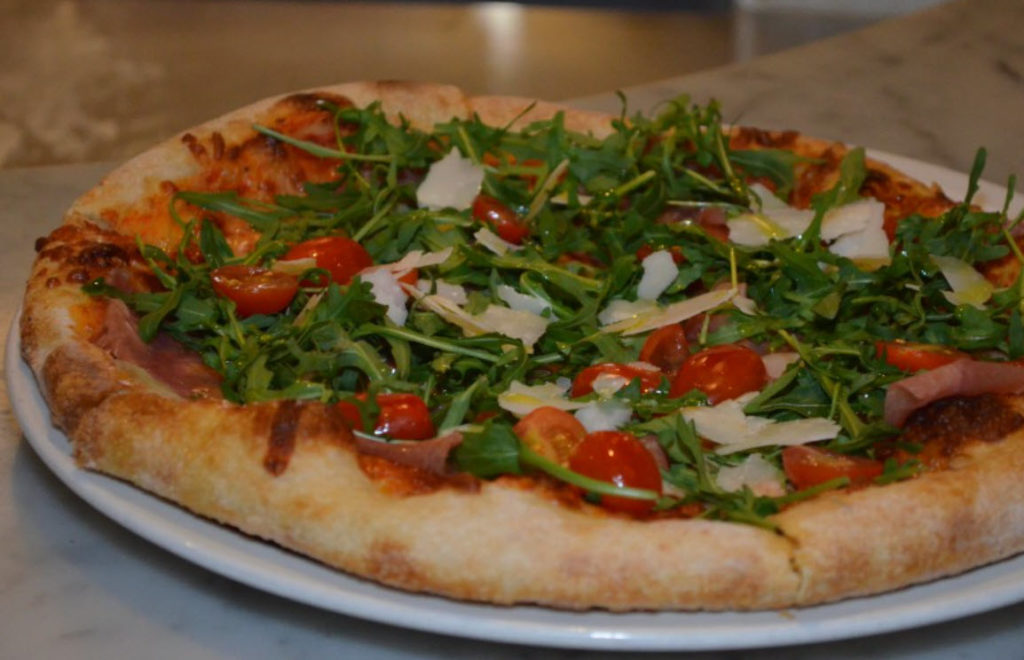
#58 Al Santillo’s Brick Oven Pizza, Elizabeth, NJ

#50 John Arena Chris Decker and Sam Faccini of Metro Pizza, Las Vegas, NV

#45 Zuppardi’s Apizza, West Haven, CT

#38 L&B Spumoni Gardens, Brooklyn, NY
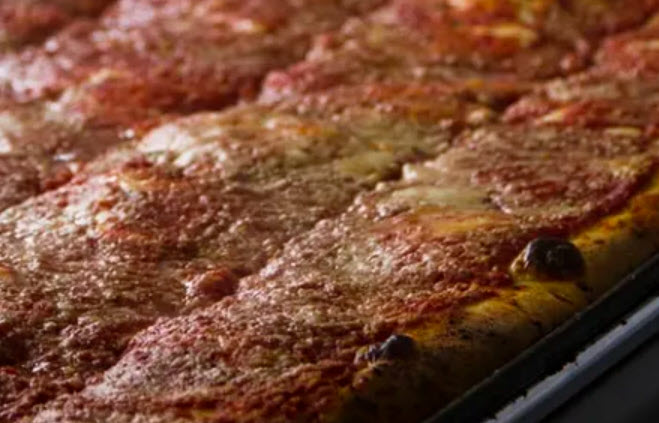
#30 Dom Demarco’s Di Fara, Brooklyn, NY
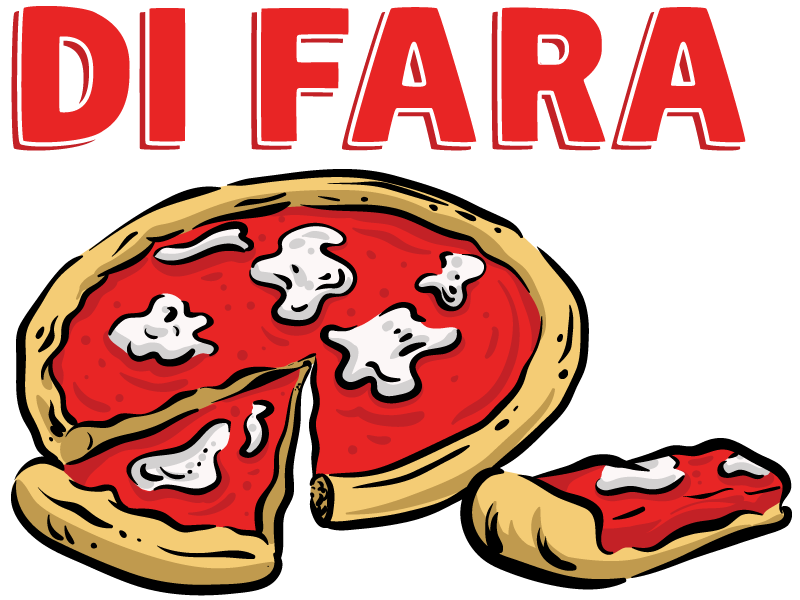
#29 Tony’s Pizza Napoletana, San Francisco, CA

#28 Apizza Scholls, Portland, OR

#16 Modern Apizza, New Haven, CT’

#15 Paulie Gee’s, Brooklyn, NY
#14 Pizzeria Bianco, Phoenix, AZ
#11 Smiling with Hope, Reno, NV

#9 Sally’s Apizza, New Haven, CT
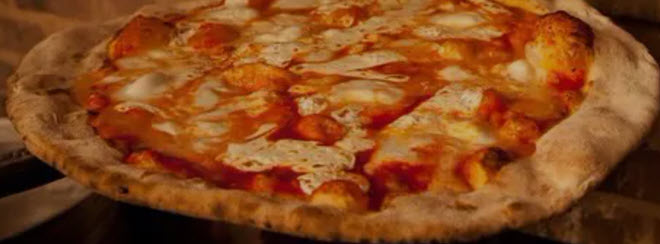
#1 Frank Pepe Pizza Napoletana, New Haven, CT which of course is well deserved.
Missing from the list were some incredible pizzerias such as;
Anthony Mangieri’s Una Pizza Napoletana, New York,
Robert Caporuscio Keste, New York

Jonathan Goldsmiths Spacca Napoli, Chicago
Chef Billy Mano’s Federal Hill Pizza Company, Providence.
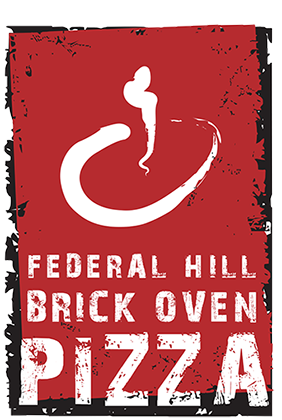
Jay Vogler’s Pizza on Earth, in Vermont.
And not one pizza from the entire State of Hawaii:
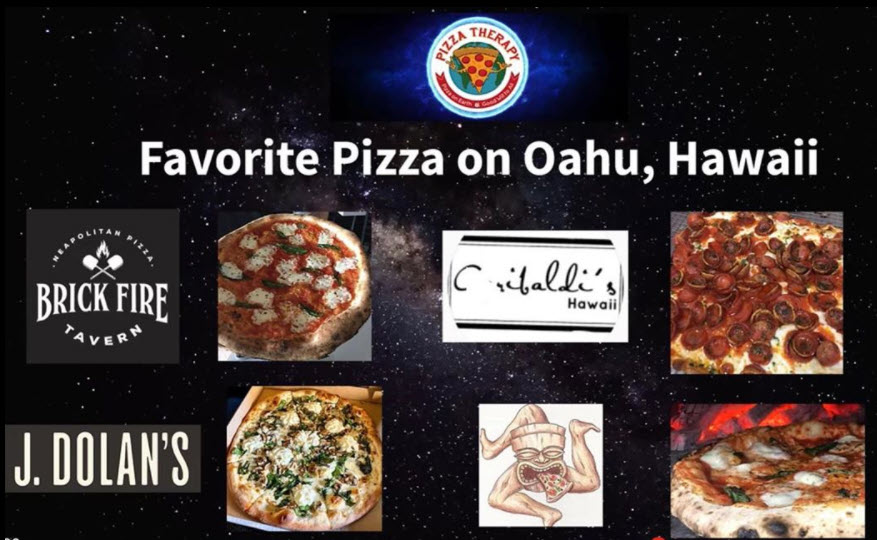
I would nominate: Brick Fire Tavern, Honolulu, Authentic Neapolitan Pizza.
Garibaldi’s all in Honolulu, mouth pleasing Sicilian Pizza.
A newcomer: Agostino’s Pizza Truck, and
Of course, Pizza Corner in Kapolei for their signature Poke Pizza.

I am hoping the editors of The Daily Meal revert to their previous methodology next year.
Also, I want to give a shout out to Barb and Eric’s Pizza Adventures. They have made a mission of attempting to sample all the pizzas on the 101 Best Pizza List. They are an inspirational couple of pizza fans. You can find them at:
They deserve special praise!

And the best part of their site is they created their own individual list of their own pizza ranking! All the best to you Barb and Eric: you are both ultimate pizza fans.
My hope is that you create your own favorite list of pizzerias, if not 101 at least a top 10. And after you created your list you visit and order pizza.

If you are interested in pizza tools please go to: http://pizzatherapy.com/pizzatols
I would love to see your own list! Please comment below…


